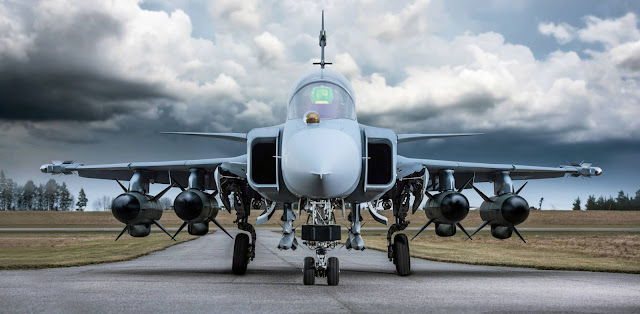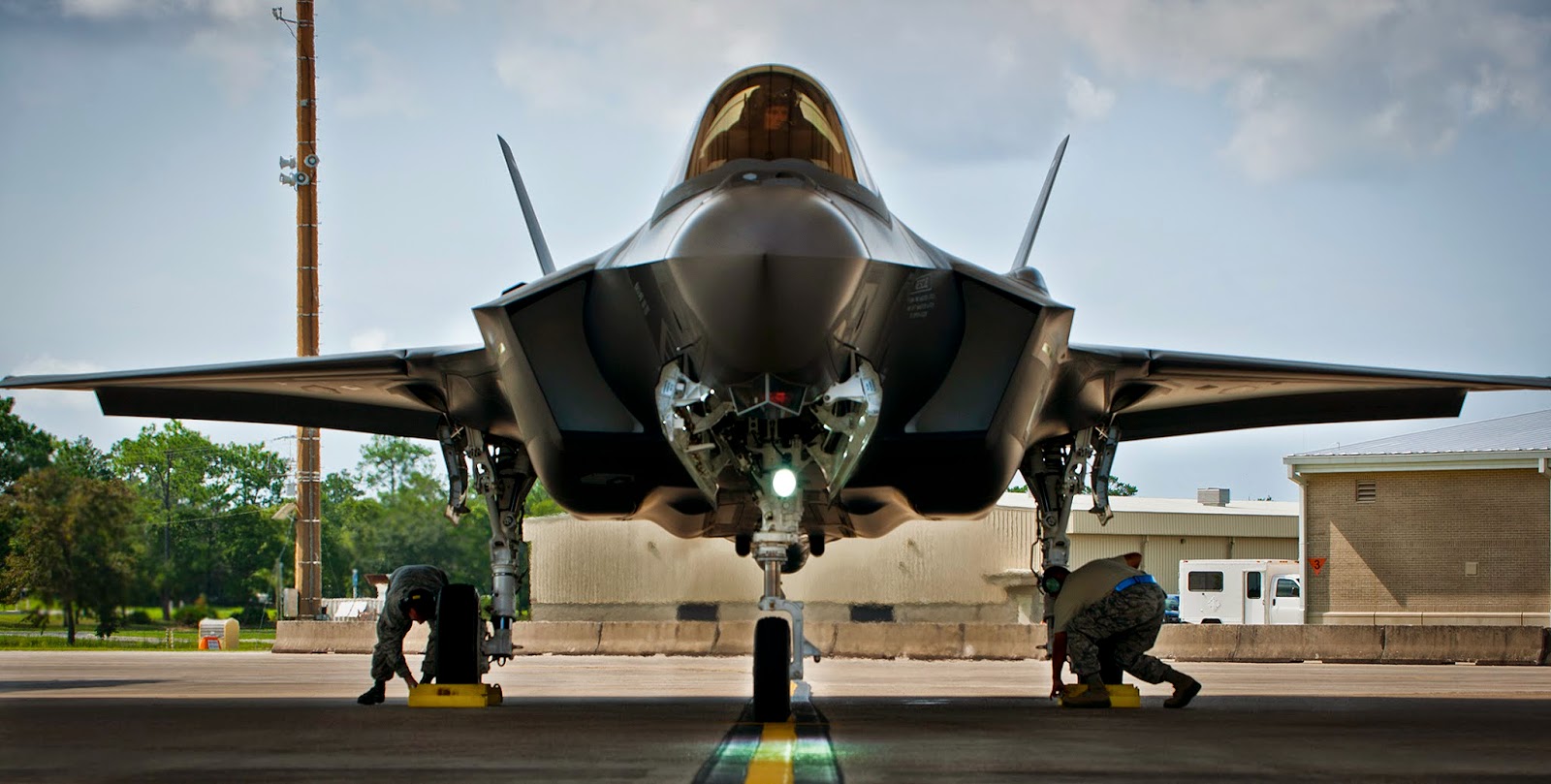Some good news and some bad news... Mostly bad.
 |
| The good news: Your prostate is fine The bad news: The proctologist can't find his ring... |
Despite Loren Thompson's assertion that the Pentagon's Director of Operational Test and Evaluations (DOT&E) report on the F-35's status "doesn't matter", the general consensus is that the F-35 is going to be late. That is... Even later than its originally planned 2008 entry into service. It is quickly approaching the one decade mark, with 2016 being the likely initial operational capability (IOC) with the USMC. The USAF is looking at December 2016, while the USN is looking at 2019. Needless to say, any further delay could likely push initial JSF deliveries well into the next decade.
Meanwhile, the Lightning II hasn't exactly gotten ringing endorsements from the USAF or the USN.
 |
| One of these is an an air-superiority fighter. The other, notsomuch. |
General Michael Hostage, head of the USAF's Air Combat Command, recently stated that, while the F-35 remains one of the USAF's top priorities, the F-22 will need updates as well BECAUSE THE F-35 IS NOT AN AIR-SUPERIORITY FIGHTER.
If I do not keep that F-22 fleet viable, the F-35 fleet frankly will be irrelevant. The F-35 is not built as an air superiority platform. It needs the F-22.This quote alone should be enough to scare away any nation that plans to use the F-35 as their sole fighter aircraft. As I have stated before, the F-35 was not conceived or designed with air-superiorty in mind. It is strictly a STRIKE fighter. Akin to the F-111, F-105, or F-117. It has air-to-air capabilities, but these are more for self-defense purposes, not for air policing, interception, or pursuit.
 |
| The USN is in no rush for the F-35C. |
While the USAF has admitted that the F-35 is not fit for air superiority, the USN seems to be questioning the need for them at all. In it's 2015 budget proposal, the USN is reported to have asked to "take a break" from the F-35 program. This was denied, of course, as it could delay the program even further, as well as causing further lack of confidence in the JSF concept.
It's easy to see why the USN asked to take a break. The F-35C still hasn't demonstrated the ability to reliably "catch the wire" on aircraft carrier landings. The USN's JSF model is also the biggest, heaviest, and most expensive of the F-35 variants. It's single-engine design wasn't met with open arms, both for safety reasons and logistic reasons. Pilots worry that an engine failure could spell disaster. That big F135 engine is also too big to fit inside a C-2 Greyhound like the Super Hornet's F414. It requires transport via helicopter in an external sling.
Then there is the big, grey, elephant in the room: The United States Navy could see an aircraft carrier dropped from its fleet. Losing a carrier also means losing a carrier wing, which means approximately 60-65 aircraft. One can deduce that this would result in an inevitable drop in F-35 orders for that wing.
 |
| X-47B landing on a carrier. |
 |
| Boeing gets a temporary lifeline for the Super Hornet. |
Speaking of the Super Hornet, Boeing managed to secure a financial lifeline of $75 million as a down payment for 22 F-18E/Fs. While the USN has not requested any further Super Hornets, it will now have to decide this year to commit a full $2 billion towards new ones before Boeing's assembly line shuts down.
This extra funding for Boeing might be enough for Boeing to secure more sales for the Rhino, with Canada being a possibility. So... Good news there.
 |
| Dassault Rafale. Double expensive for India? |
It's a good thing nothing bad ever happens in Canada. Okay... Maybe a few things.



I have difficulties to believe that price can double "just like that". Anyway, here's the real interesting thing for now : with elections coming in may, you could probably wait next year before any significant news about MMRCA ;)
ReplyDeleteI'm a bit worried about Dassault Aviation. Their inability to close the deal before elections constitutes a big risk : all cards could be reshuffled, and this prove to be disastrous for Rafale in the past...
Qatar is in the HUD now.
F-35C doesn't seem to be a good fit for USN. To be fair, UCLASS is only a demonstration program, but as you say a Super Hornet + stealth UCAV mix could be a pretty good contingency plan... just in case.
With approximately 900 F-15s built for America, I find it puzzling how those in charge of such things in the US feel that 187 is the correct number of F-22s to deploy around the world in the role of air superiority.
ReplyDeleteI am no expert, but it seems to me that allowing the export of the F-22 to highly dependable allies (I think of Australia, Canada, Japan, and the UK.) would allow the Americans to re-open the production line for themselves as well. Assuming the combined buy from Australia, Canada, and Japan (Cannot see the UK approving that sort of spending when they have the Typhoon to rely on.) could come close to doubling the existing 187 copies the Americans fly, perhaps they could justify a major additional buy of their own?
Am I crazy or are does it seem that 187 air superiority fighters are way too few to deal with the potential dangers posed by North Korea, Iran, and an increasingly adventurous China and Russia? Once the skies are controlled, why not, as you suggest, use stealthy UCAVs for the strike attacks?